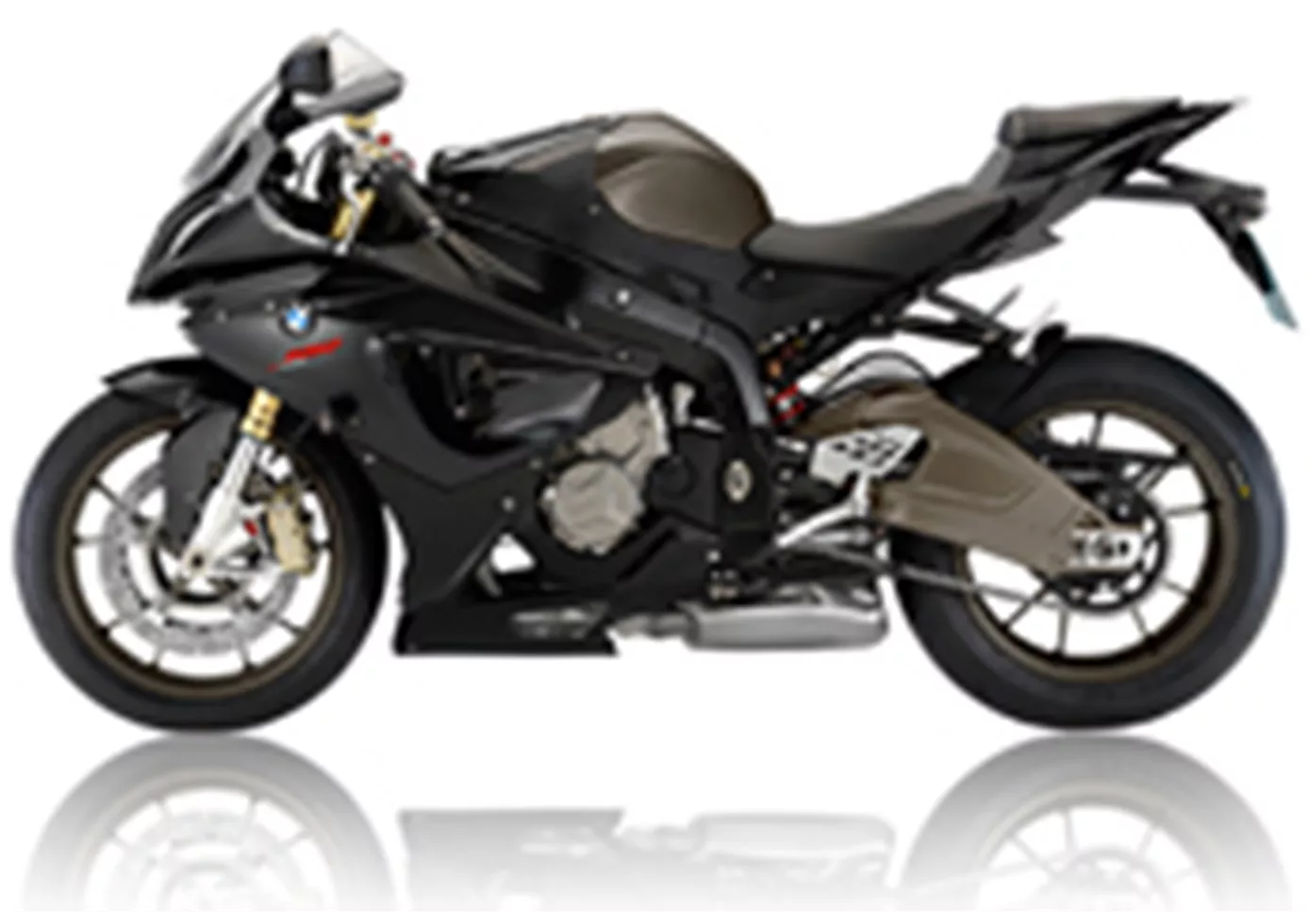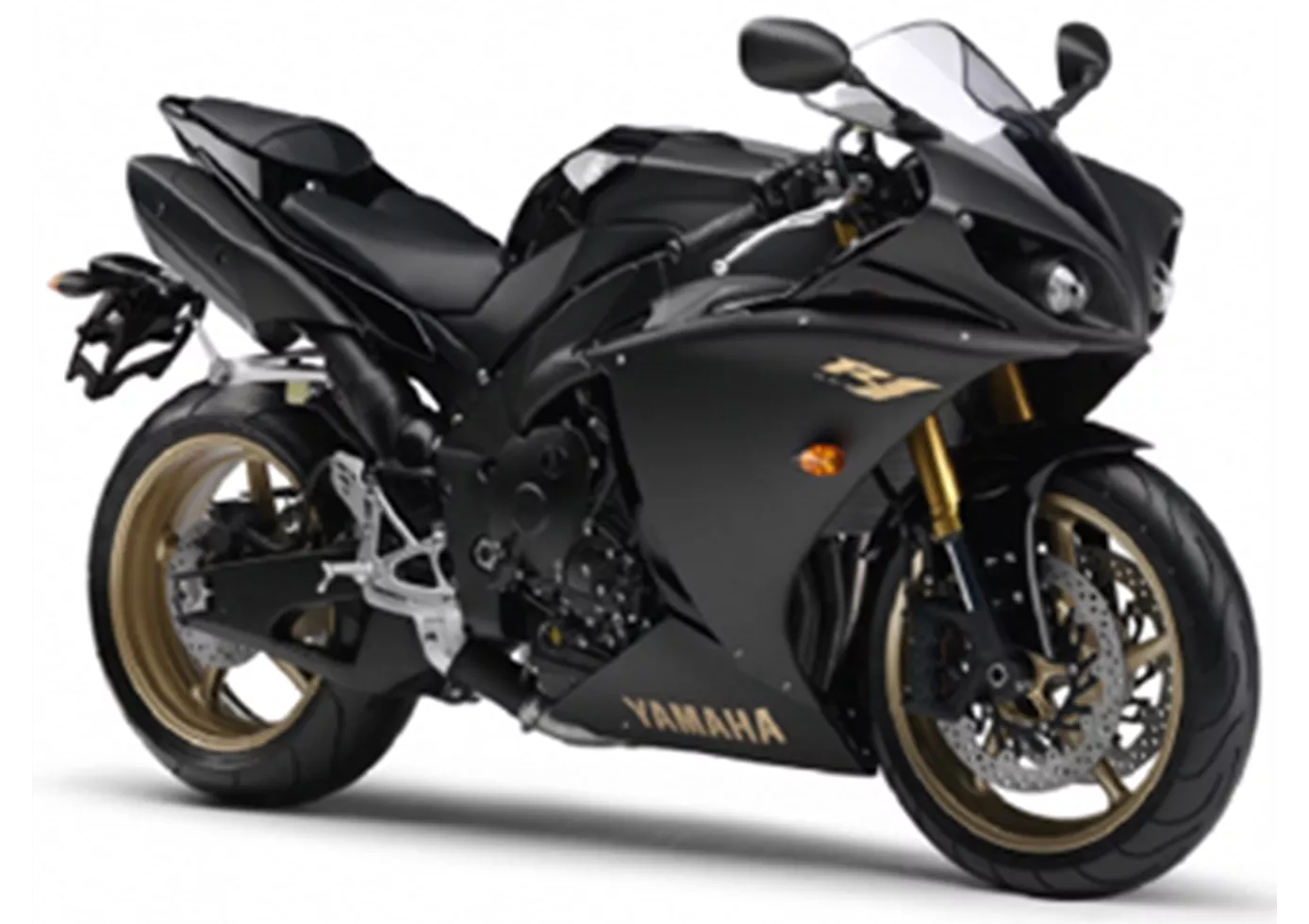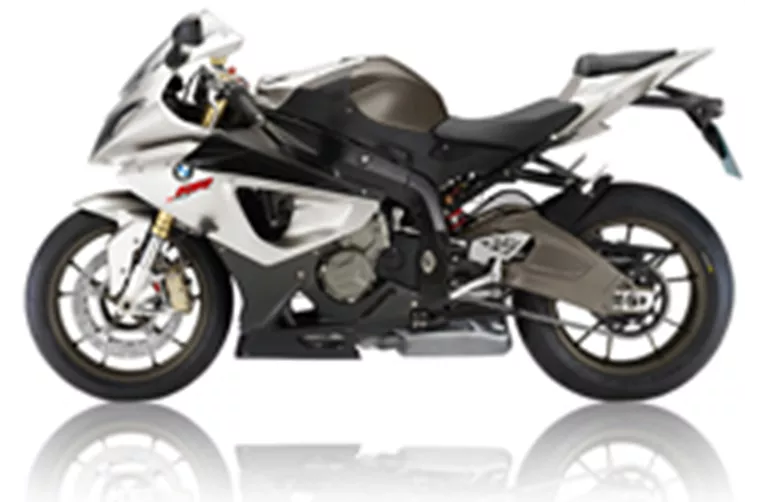BMW S 1000 RR 2010 vs. Yamaha R1 2010

BMW S 1000 RR 2010

Yamaha R1 2010
Overview - BMW S 1000 RR 2010 vs Yamaha R1 2010
The BMW S 1000 RR 2010 and the Yamaha R1 2010 are both supersport motorcycles that offer impressive performance and advanced features. However, they have some key differences that set them apart.
In terms of engine specifications, the BMW S 1000 RR has a slightly larger bore of 80 mm compared to the Yamaha R1's 78 mm. This allows the BMW to have a higher engine power of 192 HP, while the Yamaha R1 offers 181 HP. The BMW also has a higher torque of 112 Nm compared to the Yamaha's 115.5 Nm. Both motorcycles have 4 cylinders and a displacement of around 1000 ccm.
When it comes to suspension, the BMW S 1000 RR has a telescopic fork at the front, while the Yamaha R1 features an upside-down telescopic fork. This difference in suspension design may lead to variations in handling and comfort.
In terms of chassis, both motorcycles have an aluminum frame, but the BMW S 1000 RR features a Twin Tube frame, whereas the Yamaha R1 has a Deltabox frame. The choice of frame design can impact the overall rigidity and handling characteristics of the motorcycle.

BMW S 1000 RR 2010
Both motorcycles have double disk brakes at the front, which provide excellent stopping power. This ensures optimal braking performance and safety for both models.
In terms of dimensions and weights, the BMW S 1000 RR has a slightly longer wheelbase of 1432 mm compared to the Yamaha R1's 1415 mm. The seat height of the BMW is 820 mm, while the Yamaha offers a slightly higher seat height of 835 mm. The BMW also has a slightly lower kerb weight of 204 kg compared to the Yamaha's 206 kg. Both motorcycles have a similar front and rear tyre width, with 120 mm at the front and 190 mm at the rear. The fuel tank capacity of the BMW is 17.5 l, while the Yamaha offers a slightly larger capacity of 18 l.
In terms of strengths, the BMW S 1000 RR 2010 offers superior performance with its higher engine power and torque. It also has well-functioning driving aids and is known for its speed. Additionally, the BMW S 1000 RR is often praised for its optimal price, making it an attractive option for riders.

Yamaha R1 2010
On the other hand, the Yamaha R1 2010 has a strong engine and a sophisticated engine character, providing a unique riding experience. It also offers an optimal braking system and a comfortable seating position, ensuring a comfortable and enjoyable ride.
However, both motorcycles have their weaknesses. The BMW S 1000 RR 2010 is known for its agility and complicated handling, which may not be suitable for all riders. It also has some issues with braking stability and a relatively high weight, which can affect maneuverability.
Similarly, the Yamaha R1 2010 has some weaknesses, including suboptimal suspension elements, which may impact the overall ride quality. It also has a slightly lower peak power compared to the BMW S 1000 RR and can experience slightly weak traction. Additionally, it has a high weight, which can affect handling and maneuverability.
In conclusion, both the BMW S 1000 RR 2010 and the Yamaha R1 2010 are powerful supersport motorcycles with their own strengths and weaknesses. The BMW offers superior performance and a competitive price, while the Yamaha provides a strong engine and a comfortable riding position. Ultimately, the choice between the two will depend on the rider's preferences and priorities.
Technical Specifications BMW S 1000 RR 2010 compared to Yamaha R1 2010
Pros and Cons in comparison
Pros and Cons in comparison
BMW S 1000 RR 2010

We have a strict and merciless order from the boss to thank for that. There are tough performance checks before the S 1000 RR leaves the factory. At BMW, they didn't want to show their hand and risk even one disappointing test bench report finding its way into the media.
Yamaha R1 2010

The current engine in the R1 scores points above all with its unmistakable sound, very transparent response and linear power delivery. In terms of peak power, however, Yamaha had to cut back a little.
Price Comparison Avarage Market Price BMW S 1000 RR vs Yamaha R1
There are a few key differences between a BMW S 1000 RR 2010 and a Yamaha R1 2010. In terms of price, the actual average price of a Yamaha R1 2010 is about 9% higher. Compared to Yamaha R1 2010 there are more BMW S 1000 RR 2010 bikes available on the 1000PS.de Marketplace, specifically 6 compared to 5. It takes less time to sell a BMW S 1000 RR with 52 days compared to 53 days for a Yamaha R1. Since model year 2010 1000PS.de editors have written 135 reviews for the BMW S 1000 RR and 80 reviews for the Yamaha R1 since model year 2005. The first review for the BMW S 1000 RR was published on 4/16/2008 and now has more than 4,000 views. This compares to more than 3,900 views for the first review on Yamaha R1 published on 4/28/2003.




















